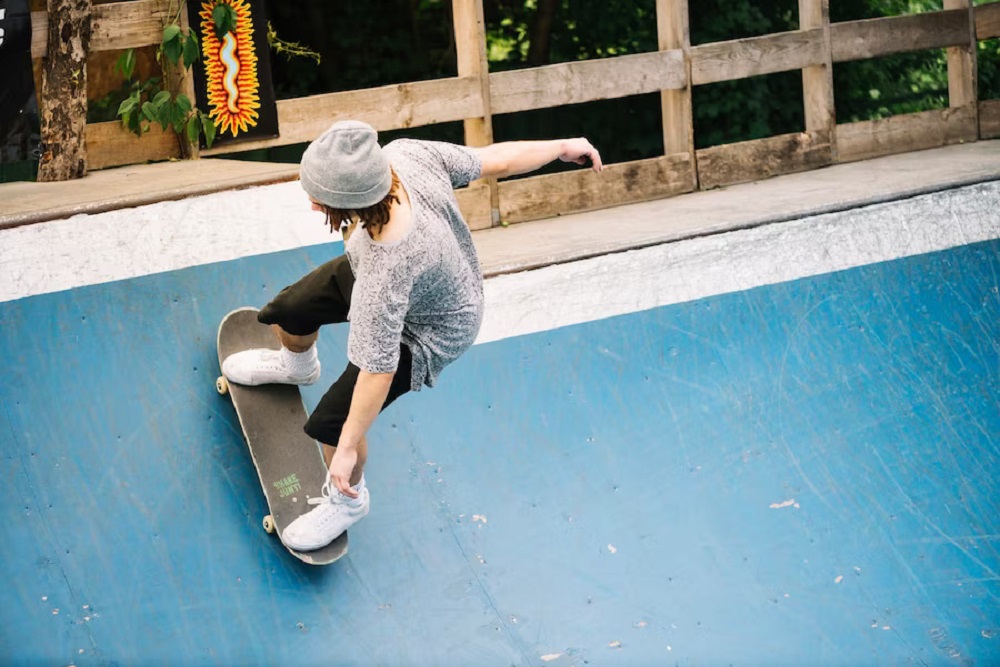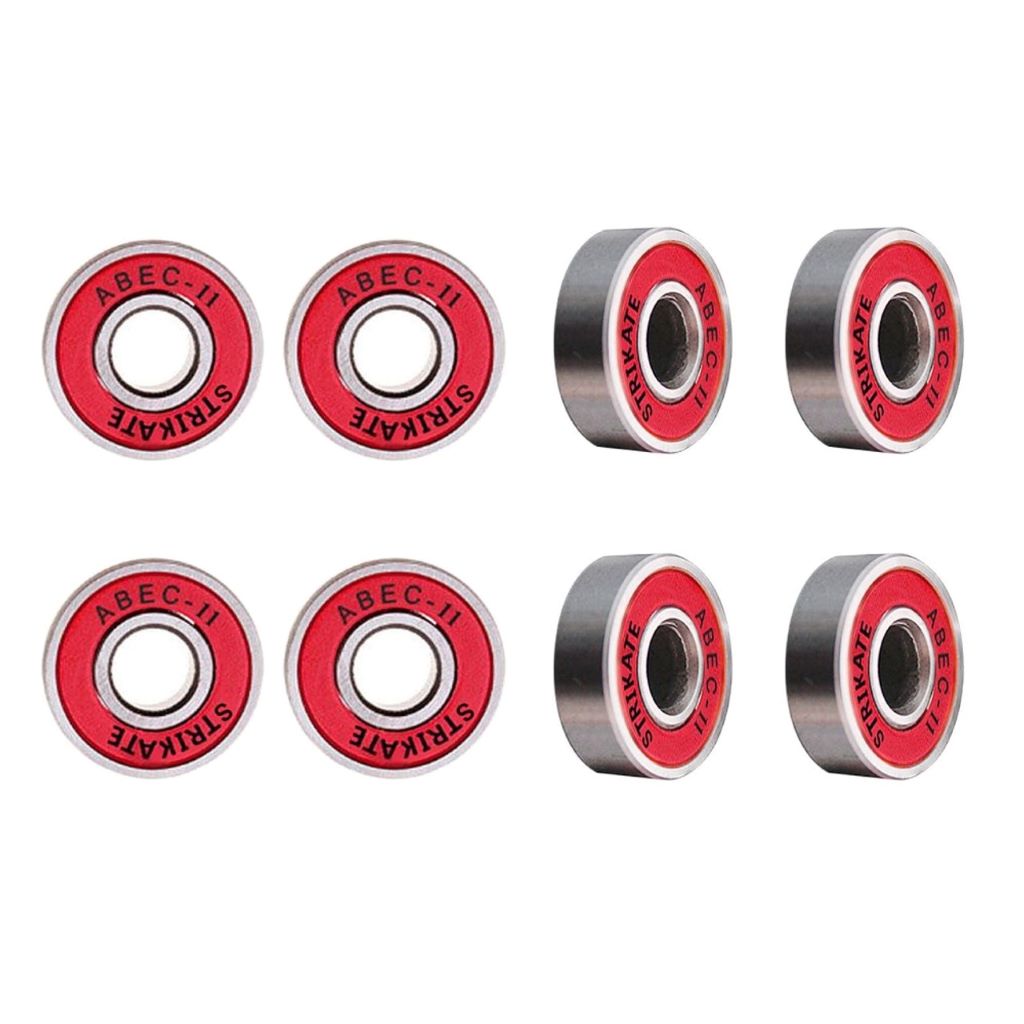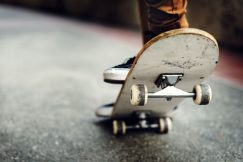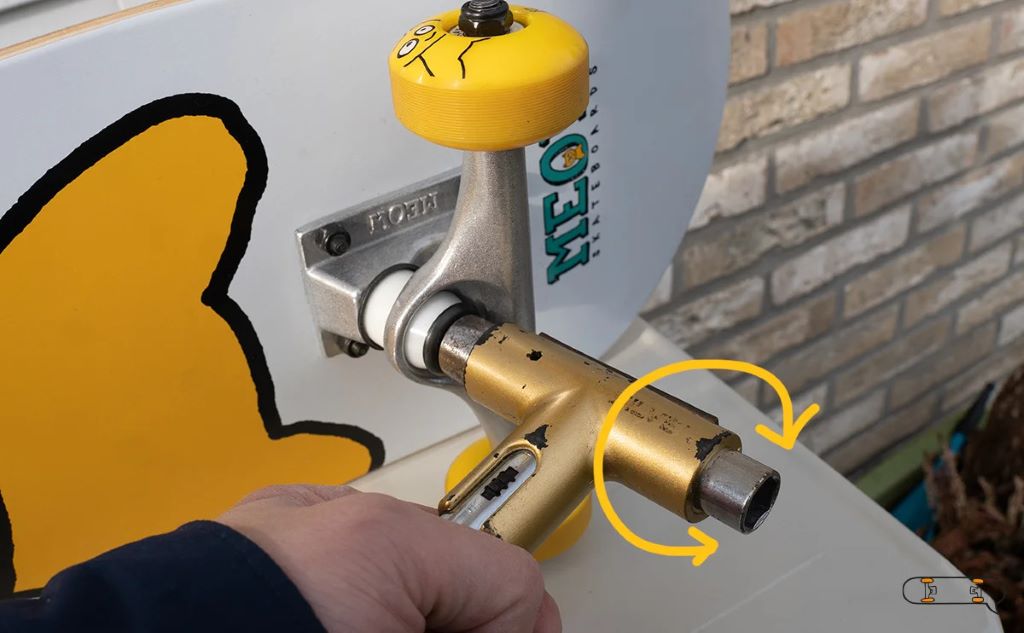Skateboarding is an exhilarating sport that offers endless possibilities for self-expression and creativity. Whether you’re a beginner or an experienced skater, learning a few easy tricks can enhance your skateboarding skills and add excitement to your sessions at the skatepark or on the streets. In this article, we will guide you through how to do easy tricks on a skateboard. From basic maneuvers to more challenging moves, you can progress at your own pace and have fun on your board.
Skateboarding is not just about cruising around; it’s about mastering the art of balance, control, and coordination while having fun. Learning easy skateboard tricks’ll build a solid foundation and gain confidence to explore more advanced maneuvers. In this comprehensive guide, we’ll break down each trick step by step, providing tips and techniques to help you progress smoothly.
Getting Started with Skateboarding
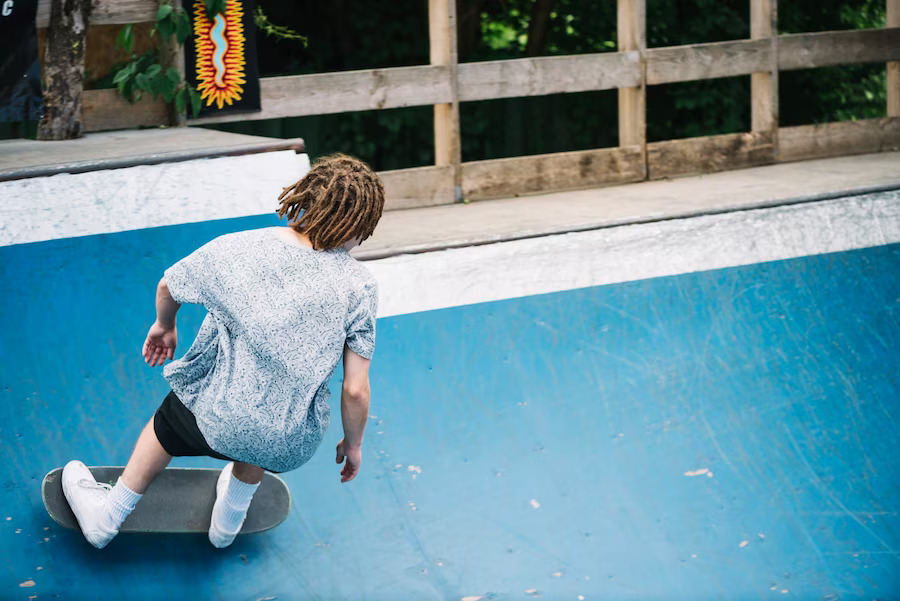
Before diving into tricks, getting familiar with the basics of skateboarding is essential. Here are a few key aspects to consider:
Choosing the Right Skateboard
To perform tricks comfortably, you’ll need the right skateboard setup. Choose a skateboard deck that suits your preferences, whether a street deck or a wider board for ramp skating. Select the appropriate trucks, wheels, and bearings based on your riding style and terrain.
Safety Gear and Precautions
Skateboarding can be physically demanding and occasionally risky. Ensure your safety by wearing a helmet, knee pads, elbow pads, and wrist guards. Properly maintaining your skateboard is also crucial for safe riding. Regularly inspect the deck, trucks, and wheels for any signs of wear or damage.
Basic Skateboarding Techniques
Before attempting tricks, it’s important to master fundamental skateboarding techniques. These skills will provide a solid foundation for executing tricks smoothly and confidently.
Riding and Pushing
Start by learning how to ride and push on your skateboard. Place your front foot facing forward on the board while your pushing foot pushes off the ground. Practice maintaining balance and getting comfortable riding in different terrains.
Stance: Regular or Goofy?
Discover your natural stance—whether regular or goofy. Regular stance means having your left foot forward, while goofy stance has your right foot forward. Experiment with both stances to find which one feels more comfortable for you.
Balance and Foot Placement
Maintaining balance is crucial in skateboarding. Find your center of gravity by distributing your weight evenly on the board. Experiment with different foot placements to improve stability and control while riding and executing tricks.
Easy Tricks for Beginners
Once you grasp the basics well, it’s time to start learning some easy skateboard tricks. These tricks are perfect for beginners and will help you develop essential skills and gain confidence on your board.
Tic-Tacs: Mastering Side-to-Side Turns
Tic-tacs is a great way to practice weight shifting and turning on your skateboard. Start by riding slowly, then shift your weight from side to side, gently swaying the board in a controlled manner. This maneuver is useful for navigating tight spaces or adding style to your riding.
Kick Turns: Carving and Pivoting
Kick turns involve lifting your front or back wheels off the ground to change direction. To execute a kick turn, shift your weight to the tail or nose of the skateboard while simultaneously pressing down on the opposite end, allowing the wheels to pivot. Mastering kick turns will improve your maneuverability and help you navigate obstacles while cruising.
Manual: Perfecting the Wheelie
The manual is a classic trick that involves balancing on either the front or back wheels while riding on two wheels only. Begin by shifting your weight towards the tail or nose, lifting the opposite wheels off the ground. Maintain balance by adjusting your body position and using subtle movements to stay centered. The manual is a fundamental trick that forms the basis for more advanced maneuvers.
Ollie: The Foundation of Skateboarding Tricks
The ollie is perhaps the most important trick to learn in skateboarding, as it is the foundation for numerous other tricks. Pop the skateboard’s tail down while sliding your front foot toward the nose to perform an ollie. As the board rises, bring your knees up and level the board in the air before landing smoothly. The ollie is a versatile trick that opens the door to many possibilities.
Boardslide: Sliding on Rails and Ledges
Boardslides are a basic sliding trick performed on rails and ledges. Approach the obstacle at an angle, ollie onto it, and slide along the surface. Use your body and feet to control the slide and maintain balance. As you become more comfortable with board slides, you can progress to more challenging variations and longer slides.
Intermediate Tricks to Level Up
Once you’ve mastered the easy tricks and developed a solid foundation, it’s time to level up your skateboarding skills with some intermediate tricks. These tricks will challenge you and push your abilities to the next level.
180 Ollie: Adding Rotation to Your Ollie
The 180 ollie is a variation of the ollie that incorporates a 180-degree rotation in the air. As you pop the tail, use your shoulders and upper body to initiate the rotation while keeping the board level. Practice landing with both feet simultaneously to maintain control. The 180 ollie opens up new possibilities for combining tricks and adding style to your skateboarding.
Riding Switch: The Opposite Footing Challenge
Riding switch means riding with the opposite foot forward from your natural stance. It can be initially challenging but is essential for becoming a versatile skater. Start by practicing riding the switch on flat ground, gradually incorporating it into your everyday skating. Riding switch improves your balance, coordination, and overall skateboarding skills.
Drop-Ins: Conquering Ramps and Bowls
Drop-ins involve riding into a ramp or bowl from the top edge. Begin by placing your front wheels on the edge and leaning forward slightly. As you gain momentum, transfer your weight to the skateboard, bending your knees for stability. Drop-ins can be intimidating initially, but with practice and proper technique, they become an exciting way to tackle ramps and bowls.
Rock to Fakie: Balancing on Ramp Lips
Rock to fakie is a trick performed on-ramp lips, allowing you to maintain balance and control while riding up and down the transition. Begin by approaching the ramp with moderate speed, pop a small ollie, and pivot the board 180 degrees. Land with your tail on the ramp lip and roll back down. This trick is a stepping stone for more advanced ramp maneuvers.
Advanced Tricks for Skilled Skaters
Once you’ve mastered the basic and intermediate tricks, it’s time to challenge yourself with more advanced maneuvers. These tricks require a higher level of skill, precision, and confidence.
Flip Tricks: Kickflips and Heelflips
Flip tricks involve flipping the board in the air while performing other movements. Kickflips and heelflips are two popular flip tricks that add style and technicality to your skateboarding. They require flicking your foot, popping the board, and leveling it in the air. Mastering flip tricks will open up endless possibilities for creative expression.
Grinds and Slides: Grinding on Rails and Coping
Grinds and slides are tricks performed on rails, ledges, or coping. Sliding the trucks or deck along the surface allows you to perform various grinds, such as 50-50s, boardslides, and nosegrinds. These tricks require precise foot positioning, balance, and the ability to lock onto the surface. Grinds and slides add a technical aspect to your skateboarding, allowing you to conquer obstacles in style.
Manuals and Nose Manuals: Wheelies with Control
Manuals and nose manuals are extended wheelies performed on the back or front wheels. These tricks require fine balance and control. By shifting your weight and maintaining precise body positioning, you can balance on two wheels for an extended period. Manuals and nose manuals add fluidity and creativity to your skateboarding, allowing you to flow through various terrains and link tricks together.
Practice and Progression
Progressing in skateboarding requires consistent practice, determination, and a willingness to challenge yourself. Here are some tips to help you enhance your skateboarding skills and continue progressing:
Creating a Practice Routine
Set aside dedicated practice sessions to work on specific tricks or techniques. Focus on one skill at a time, breaking it down into smaller steps. Gradually increase the difficulty and challenge yourself to learn new tricks or improve existing ones.
Learning from Others and Finding Inspiration
Skateboarding is a community-driven sport; learning from others can accelerate your progression. Watch skateboarding videos, observe other skaters at the park, and seek guidance from more experienced skaters. Draw inspiration from their style and approach to tricks, incorporating it into your unique skateboarding style.
Overcoming Frustration and Staying Motivated
Skateboarding can be challenging, and frustration is a natural part of the learning process. Embrace the challenges and setbacks, and use them as opportunities to grow. Celebrate small victories along the way and remind yourself of why you fell in love with skateboarding in the first place. Stay motivated by setting goals, tracking progress, and surrounding yourself with a supportive skateboarding community.
Safety and Injury Prevention
Skateboarding, like any sport, comes with potential risks. To ensure your safety and minimize the risk of injuries, follow these guidelines:
Importance of Warming Up
Before engaging in any skateboarding session, warm up your body with dynamic stretches and exercises. This helps increase blood flow, flexibility, and reduces the risk of muscle strains or injuries.
Falling Techniques and Protective Measures
Falling is a part of skateboarding, but learning proper falling techniques can help minimize injuries. Practice rolling out of falls, tucking in your limbs, and using protective gear to cushion impacts. Wearing a helmet, knee pads, elbow pads, and wrist guards is essential for protecting yourself while skateboarding.
Common Skateboarding Injuries and First Aid
Skateboarding can lead to various injuries, including sprains, fractures, and cuts. Familiarize yourself with common skateboarding injuries and learn basic first-aid techniques to provide immediate care. If an injury occurs, seek medical attention promptly.
Conclusion
Skateboarding is a thrilling and dynamic sport that offers endless opportunities for self-expression and progression. Starting with easy tricks and gradually advancing your skills can unlock a world of creativity and excitement on your skateboard. Remember to prioritize safety, practice consistently, and embrace the learning process. So grab your skateboard, head out to the streets or skatepark, and enjoy the journey of mastering easy skateboard tricks while discovering your unique style.
FAQs
Q: How long does it take to learn skateboarding tricks?
A: The time it takes to learn skateboarding tricks varies from person to person. It depends on factors like natural ability, dedication, practice frequency, and the complexity of the trick. With consistent practice and determination, you can progress at your own pace.
Q: What is the best age to start learning skateboarding tricks?
A: There is no specific age to start learning skateboarding tricks. Skateboarding can be enjoyed by people of all ages. Whether a child, teenager, or adult, you can start learning and improving your skateboarding skills at any age.
Q: Can I learn skateboarding tricks without a skatepark?
A: Yes, you can learn skateboarding tricks without a skatepark. Many tricks can be practiced in your driveway, local streets, or smooth surfaces. However, skateparks provide a controlled environment with ramps, rails, and obstacles that can enhance your trick progression.
Q: Are skateboarding tricks dangerous?
A: Skateboarding tricks come with a certain level of risk, as with any action sport. It’s important to prioritize safety, wear protective gear, and practice within your skill level. Proper technique, gradual progression, and awareness can help reduce the risk of accidents and injuries.
Q: How can I find a skateboarding community or group to join?
A: To find a skateboarding community or group, you can start by visiting your local skatepark. Engage in conversations with fellow skaters, attend skateboarding events, or join online forums and social media groups dedicated to skateboarding. Connecting with other skaters can provide valuable guidance, support, and inspiration.

